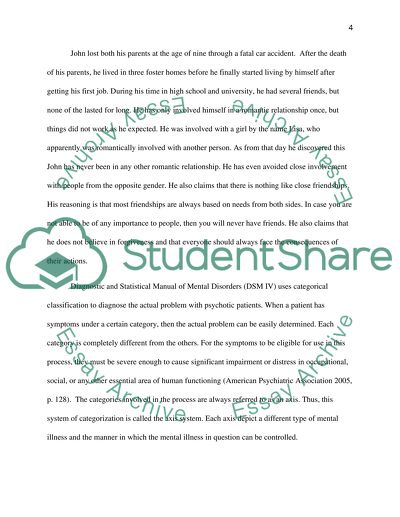Cite this document
(Diagnostic and Statistical Manual of Mental Disorders Coursework, n.d.)
Diagnostic and Statistical Manual of Mental Disorders Coursework. Retrieved from https://studentshare.org/psychology/1630431-chose-a-case-study-from-dsm-diagnostic-and-statistical-manual-of-mental-disorders-iv-to
Diagnostic and Statistical Manual of Mental Disorders Coursework. Retrieved from https://studentshare.org/psychology/1630431-chose-a-case-study-from-dsm-diagnostic-and-statistical-manual-of-mental-disorders-iv-to
(Diagnostic and Statistical Manual of Mental Disorders Coursework)
Diagnostic and Statistical Manual of Mental Disorders Coursework. https://studentshare.org/psychology/1630431-chose-a-case-study-from-dsm-diagnostic-and-statistical-manual-of-mental-disorders-iv-to.
Diagnostic and Statistical Manual of Mental Disorders Coursework. https://studentshare.org/psychology/1630431-chose-a-case-study-from-dsm-diagnostic-and-statistical-manual-of-mental-disorders-iv-to.
“Diagnostic and Statistical Manual of Mental Disorders Coursework”. https://studentshare.org/psychology/1630431-chose-a-case-study-from-dsm-diagnostic-and-statistical-manual-of-mental-disorders-iv-to.


